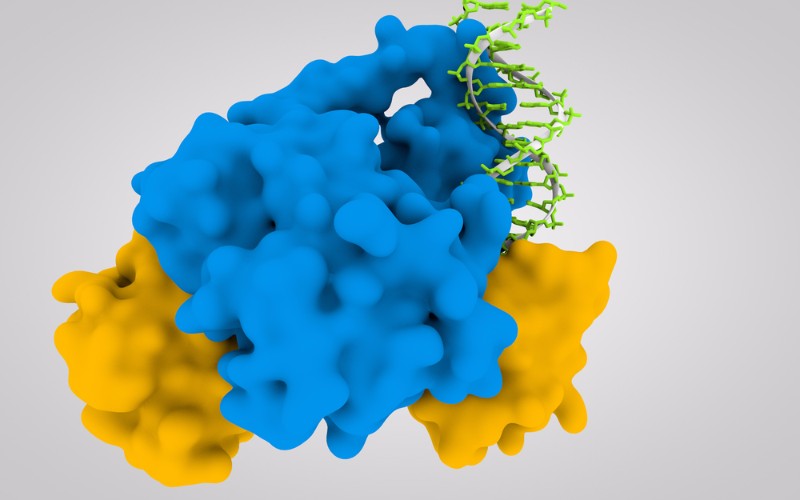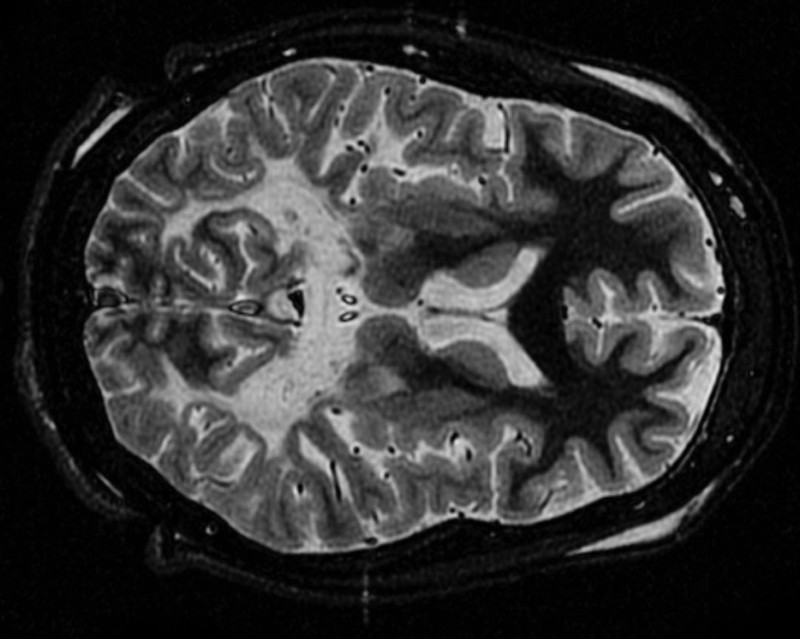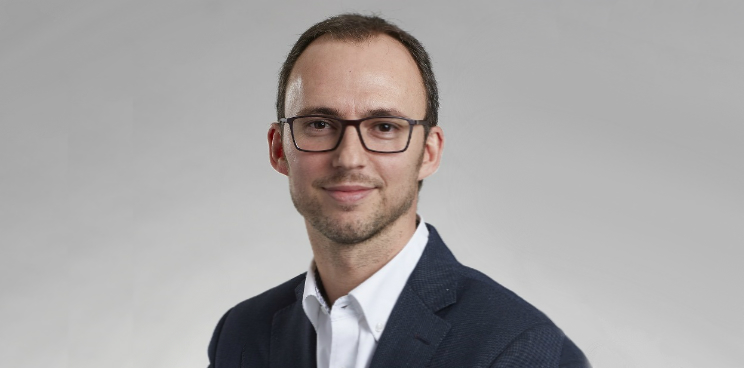Newsletter Signup - Under Article / In Page
"*" indicates required fields
I spoke with Marc Martinell, CEO of Minoryx, to learn first-hand how his company in Barcelona is bringing new hope for patients suffering from rare diseases.
Having previously worked in Crystax Pharmaceuticals and Oryzon Genomics, Marc Martinell is now CEO of one of Spain’s most successful biotechs. Minoryx Therapeutics is developing what could be the first effective treatment for X-linked adrenoleukodystrophy (X-ALD), a rare disorder of the central nervous system (CNS).
After a successful Phase I trial completed earlier this year, the company is now preparing to run the largest X-ALD trial ever. So I took the phone to speak with him and ask about this promising therapy and talk about how the biotech sector in my home country, Spain, is rapidly growing and catching up with other European countries.
So, Marc, Minoryx is offering new hope for patients with X-ALD. What makes your candidate unique?
Our main program, MIN-102, is a PPAR gamma agonist, for which there is really nice efficacy data in several animal models for different key aspects of the disease – going from inflammation and mitochondrial function to oxidative stress and axonal degeneration. There’s a lot of evidence and data supporting its mechanism of action, but the big challenge is to engage PPAR gamma in the CNS at large enough amounts. That’s what MIN-102, as a best-in-class drug for a CNS disorder, can do.
MIN-102 is also the metabolite of pioglitazone, a drug that has been used extensively in diabetes. But the problem is that pioglitazone will need very, very, very high doses to achieve efficacy in the CNS, doses that are not approved. We can do it with a safe dose level.

We have orphan drug designation, both in Europe and the US, and we completed, very successfully, Phase I. And when I say very successfully, I mean that we not only evaluated that the product is safe and was tolerated at the relevant doses, but we also confirmed, in humans, that the product crosses the blood brain barrier and engages PPAR gamma. So we have a very solid rationale for the dose selection in Phase II/III.
What will this next trial be like?
We are now in the process of filing for the Phase II/III pivotal study in adult ALD patients, which will be running in several European countries and the US as well. It’s going to be the largest trial so far with this patient population.
In ALD there are essentially two main phenotypes. There’s AMN, adrenomyeloneuropathy. It’s a progressive disorder with axonal degeneration affecting the spinal cord, and patients end up in a wheelchair. We are starting a trial in this patient population now. Hopefully after summer we should have the first patient.
The second phenotype of the disease is cerebral ALD, or cALD, which is characterized by a severe inflammatory process in the brain, leading to early death in about 4 years’ time after onset. We are now preparing a trial in children with cALD and we expect that this will be ready to roll during the next year or so.
What benefits could your candidate bring to X-ALD patients?
The only approved treatment is not a pharmacological treatment, it’s hematopoietic stem cell transplantation. This can be useful for patients with cALD. The issue is that it’s a treatment that needs to be performed very early in the disease, and some patients die in the process. For others, the treatment doesn’t work, and it’s a very aggressive procedure. Another problem is that a bone marrow transplant won’t prevent the development of AMN later on.

There are some other approaches ongoing, and the most advanced is a gene therapy by BlueBird. They take the cells from the patient, perform the gene therapy ex vivo, and then they transplant back to the patient. It’s a therapy for patients that don’t have a donor. But in the end, patients can still develop AMN when they are adults, and there’s nothing at all for AMN.
The mechanism of action of MIN-102 also has a very strong potential for other CNS disorders. So, we think that once we can demonstrate in the clinic that the mechanism of action works, there’s a potential for moving into other CNS indications.
With your extensive experience in the Spanish biotech sector, you’ve certainly seen its rapid evolution. What do you expect to see in coming years?
Well, I’ve been in the industry for more than 15 years and the sector has changed a lot. The first round of companies created here, 15 years ago, generated knowledge that has helped new generations a lot. Also, the critical mass of people with experience in biotech has been increasing. Their experiences – the failures, the successes, have been also helpful for others in the sector to become better and better.
There were no specialized funds 10 years ago. Then, companies like Ysios got established and started to generate their own networks to invest, to generate their own credibility. For example, we raised €19.4M in 2015 from Ysios and several international investors. Five years ago, this kind of round was not happening in Spain, but now there are more and more examples of good companies raising funds.
We still have a lot to do, but I think that we are in a good position. Ten years ago, we had already good hospitals, good research centers, good science. What we need now, and what we’re working on, is to translate that into good companies. We will see more and more rounds, and drugs will finally reach the market. And that will be the real success for the sector, because that’s what we are all aiming for. To develop something that reaches the patient and cures them.
Images via Minoryx Therapeutics; BitCyte / Shutterstock; Frank Gaillard / CC 3.0






